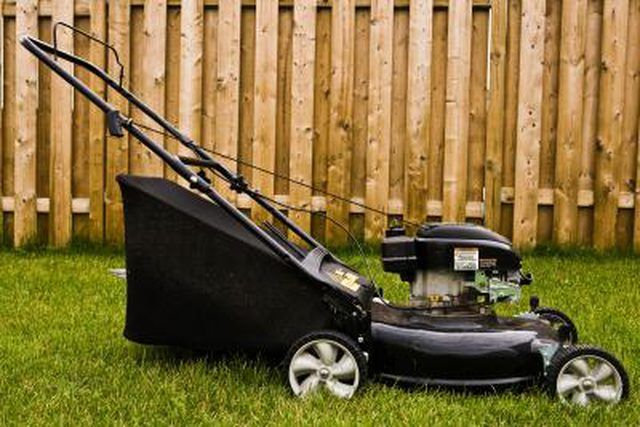Bulbs
Flower Basics
Flower Beds & Specialty Gardens
Flower Garden
Garden Furniture
Garden Gnomes
Garden Seeds
Garden Sheds
Garden Statues
Garden Tools & Supplies
Gardening Basics
Green & Organic
Groundcovers & Vines
Growing Annuals
Growing Basil
Growing Beans
Growing Berries
Growing Blueberries
Growing Cactus
Growing Corn
Growing Cotton
Growing Edibles
Growing Flowers
Growing Garlic
Growing Grapes
Growing Grass
Growing Herbs
Growing Jasmine
Growing Mint
Growing Mushrooms
Orchids
Growing Peanuts
Growing Perennials
Growing Plants
Growing Rosemary
Growing Roses
Growing Strawberries
Growing Sunflowers
Growing Thyme
Growing Tomatoes
Growing Tulips
Growing Vegetables
Herb Basics
Herb Garden
Indoor Growing
Landscaping Basics
Landscaping Patios
Landscaping Plants
Landscaping Shrubs
Landscaping Trees
Landscaping Walks & Pathways
Lawn Basics
Lawn Maintenance
Lawn Mowers
Lawn Ornaments
Lawn Planting
Lawn Tools
Outdoor Growing
Overall Landscape Planning
Pests, Weeds & Problems
Plant Basics
Rock Garden
Rose Garden
Shrubs
Soil
Specialty Gardens
Trees
Vegetable Garden
Yard Maintenance
How to Test a Lawn Mower Magneto
How to Test a Lawn Mower Magneto. The magneto on your lawnmower operates by using the power from the engine to generate alternate currents and send them to the spark plug. The unit itself consists of a number of parts, including breaking points, a capacitor and rotating magnets -- and any one of them could cause problems. If your lawnmower has been...

The magneto on your lawnmower operates by using the power from the engine to generate alternate currents and send them to the spark plug. The unit itself consists of a number of parts, including breaking points, a capacitor and rotating magnets -- and any one of them could cause problems. If your lawnmower has been sitting unused for long periods of time, the wire between the magneto and the spark plug could be corroded. There could also be a problem with the flywheel that holds the magnet, so testing the complete unit is necessary.
Things You'll Need
Screwdriver
Matchbook cover
Spin your flywheel. If the flywheel is too far from the magneto, your magneto won't be able to generate enough currency to send to the spark plugs. Remove the engine cover, locate the kill wire and unplug it first. Measure the distance between the flywheel and the magneto; it is usually set from .010-inch to .012-inch. Run your mower and place a match book cover between the flywheel and the magneto core. If the cover doesn't touch either side, you may have another problem.
Look for missing magnets. Sometimes hitting hard objects during mowing, or trying to perform your own engine repairs, can loosen magnets to the point that they fall off. So check along your flywheel and make sure all of your magnets are in place. If they are, one or more of them may be weak, try placing a piece of metal, like a screwdriver, on each one and testing their holding power. You may need to recharge the magnets.
Perform a spark test. Disconnect the wire from the spark plug and insert a metal screw- driver into the boot of the spark plug, which is the area that holds the spark plug. Holding the plastic handle of the screwdriver, bring the metal area of the screwdriver close to a metal part of the engine, being careful not to touch it. Have someone start the mower. If you don't see a spark between the screwdriver and the engine, the magneto is bad.
Tips & Warnings
In engines with two magnetos, the primary magneto is usually not accessible for testing because of its placement within electrical components.
Do not remove magnets from the flywheel to recharge them.
Do not recharge by wrapping wire around magnets and zapping with a car battery -- this will demagnetize them.